Here’s a secret: The Sims can tell you a lot about excellent interior design. Yes, the video game! Don’t believe me? Well, I guess you must find out for yourself.
Discover the nine things playing The Sims can teach you about interior design and decorating. From the importance of good lighting to nailing a room layout.
The Sims: my story
Let’s go all the way back to the year 2000. One of my school friends keeps talking about this new addictive video game where you build homes and control the lives of the people living in them. It’s a spin-off of my favourite video game, SimCity. Because my PC is too slow, I go to my friend’s house after school to play. He has an Intel Pentium II — I know, the dream!
Fast-forward 20 years The Sims is the most successful computer game franchise of all time. I’ve been playing on and off over the years and I’m obsessed with The Sims 4 and how good it is. The game has matured to become both more realistic and crazy. I mean, the Sim version of myself is a cat-owning best-selling author earning §5K a day in royalties.
I’ve made it, my friends.
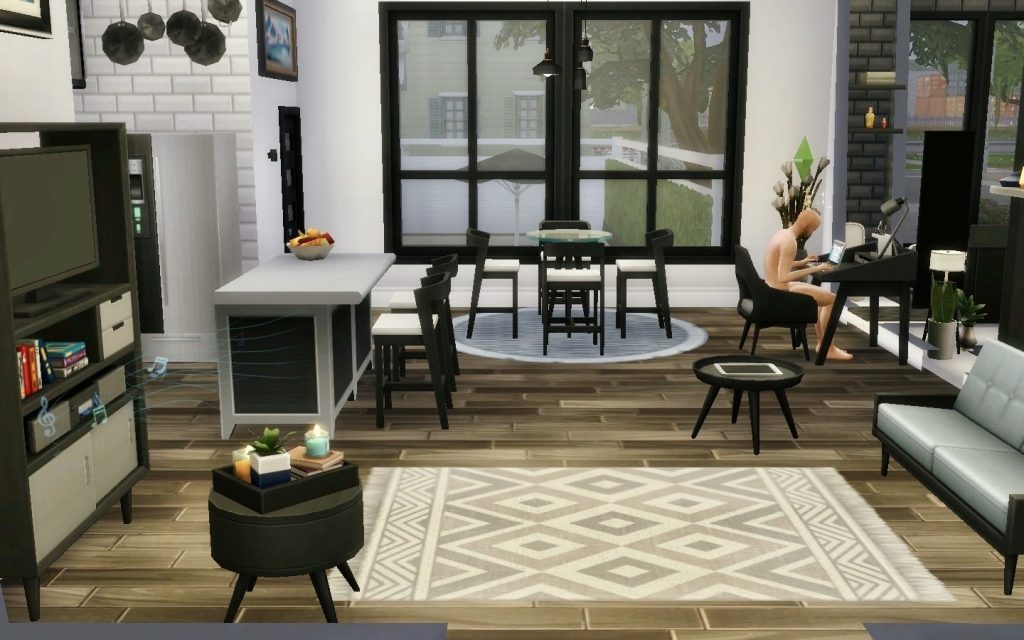
What does The Sims have to do with interior design and decorating?
The Sims is the perfect sandbox for design and creativity. This is thanks to its clever simulation engine, advanced home build features and thousands of stylish objects. You have plenty of choice with over 30 additional content packs released. Plus a vast library of custom houses, room designs and furniture. From English cottage to ultra-modern style.
“Tiny living” is my favourite content pack. A brilliant small-space challenge for your Sims!
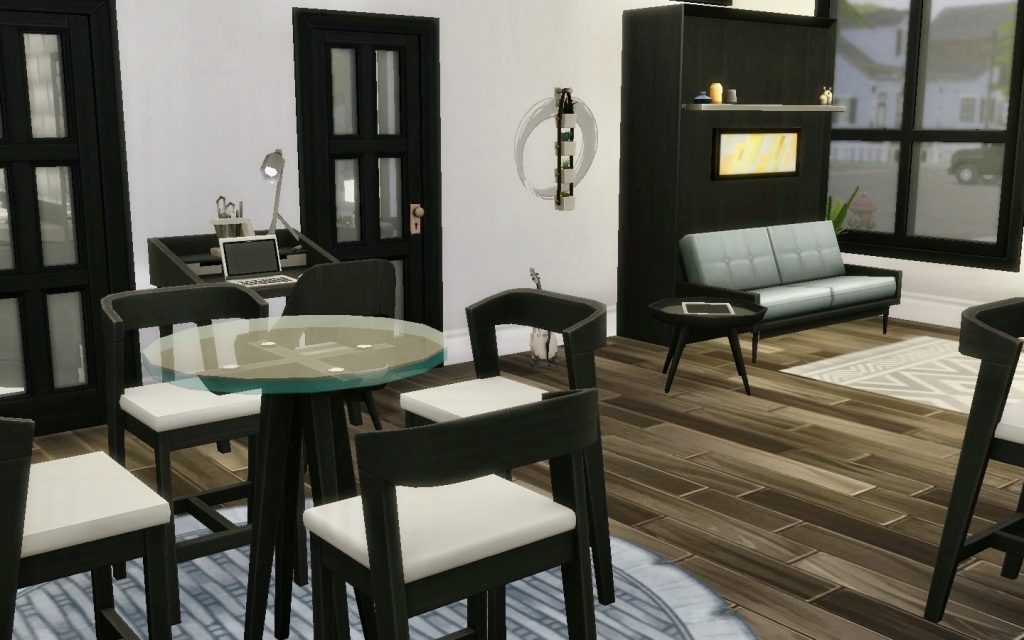
You can design your home down to the smallest detail. Starting with the structure of the house, layout, windows and doors. Then, it’s time to get creative with floor and wall coverings in endless finishes. And the options for furniture and accessories keep growing every day. You can build your dream house at last — don’t you wish it was real?
9 Things playing The Sims can teach you about interior design
Let’s look into the useful design and decorating concepts The Sims cemented over the years. All these apply to real life, too. The simulation game simply makes these concepts crystal clear.
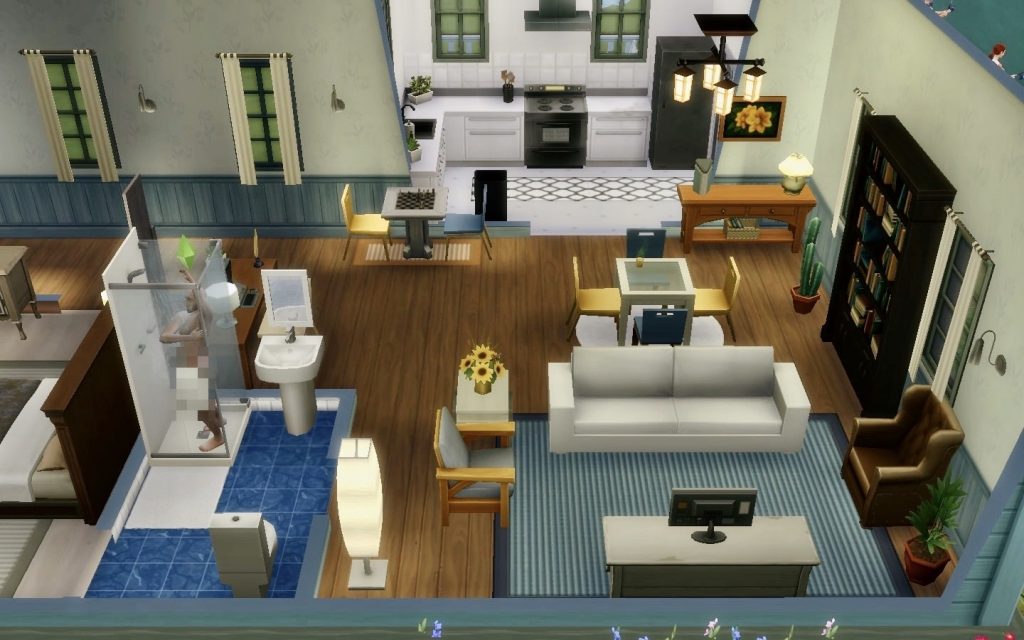
1. Get your zoning right
Open-plan living spaces are versatile and welcoming. But get it wrong and the whole thing can look like the discounted furniture corner by the IKEA tills. Think of the multiple functions the space has to fulfil: a kitchen, living space, dining area… Then, visually define each area within your layout with rugs and lighting. Always allowing for generous gaps to move around.
2. Maximise natural light
In The Sims, it’s so easy to install more windows for a bit of extra light. In real life, it’s not as straightforward. If you’re renovating, splurge on roof windows and sliding doors. Yes, they’re pricey. But you’re paying for natural light — a scarce resource in the UK.
Another way to maximise the amount of natural light in your home is to ditch window coverings in certain rooms. Do you need blinds in a north-facing kitchen window? Privacy may seem like an issue. However, the reality is nobody cares if you can’t flip pancakes.
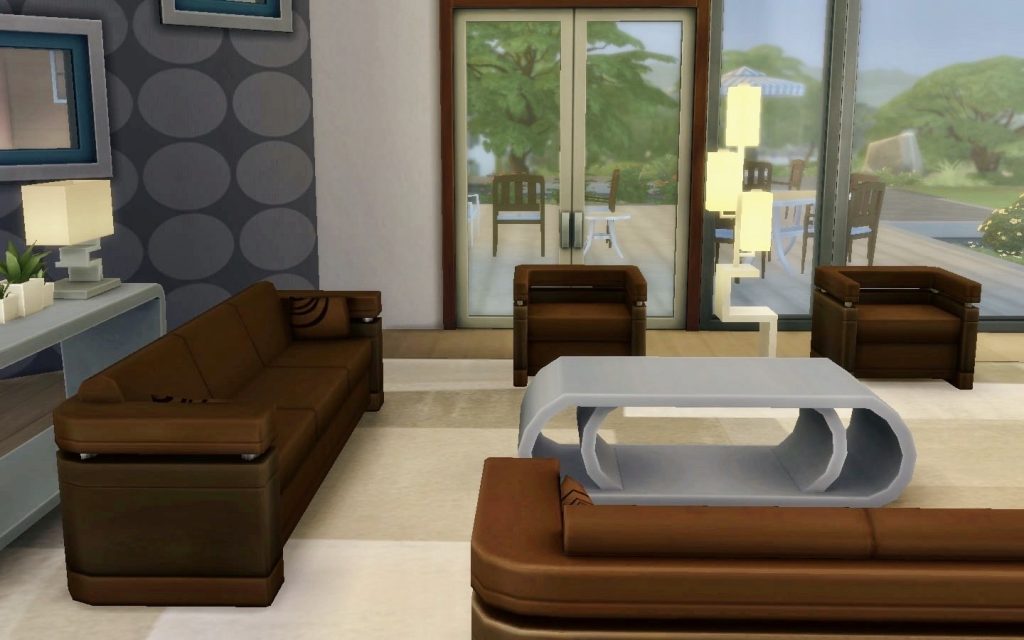
3. Good lighting can improve any space
Once you master natural light you need to focus on artificial lighting. I remember interior designers Amy and Athina from Topology London saying “each room needs a minimum of five sources of light [including windows]”. I’ll never forget that. Such a good way to complete a lighting plan.
Put it this way: besides your windows, you need to light the corners of the room and the ceiling. The ceiling light, of course, is often the most decorative. Yet, if you get your corner lighting right, it’s usually the one you use the least!
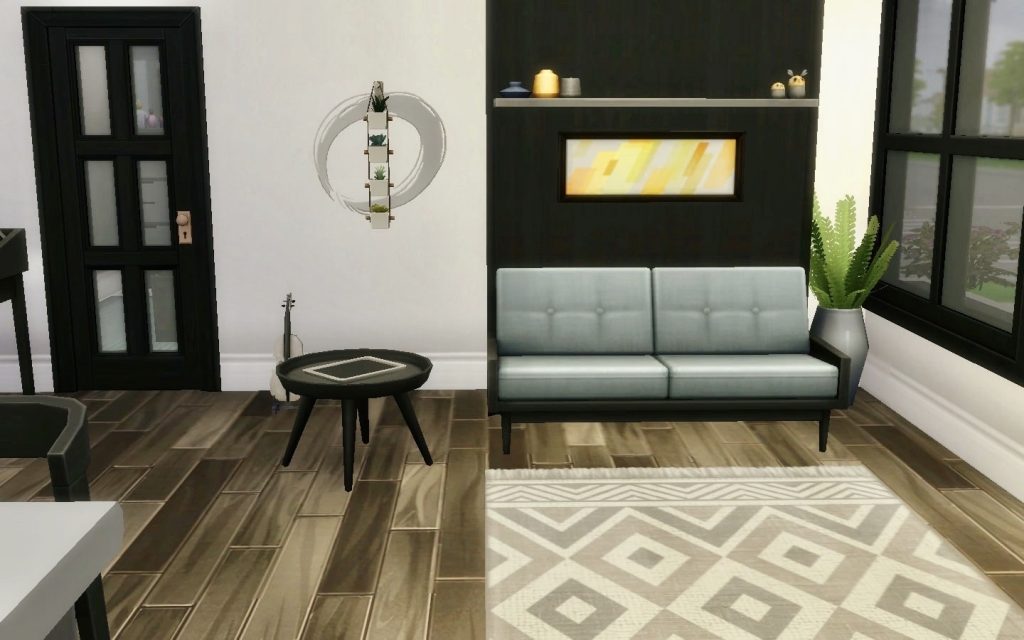
4. Small spaces need big thinking
The smaller the house, the more difficult it is to decorate. Think beyond the “small house, small furniture” concept. Because we’re humans, not Polly Pocket. Go further. Invest in multi-purpose furniture, like murphy beds/sofas or folding desks/bookcases.
The gold standard for small rooms is still built-in furniture. I grew up in a tiny and narrow bedroom. My parents invested in custom-sized furniture to make the most of the space. It was expensive, but it’ll last for life. And as I grew up, and my needs evolved, there was no need to change anything.
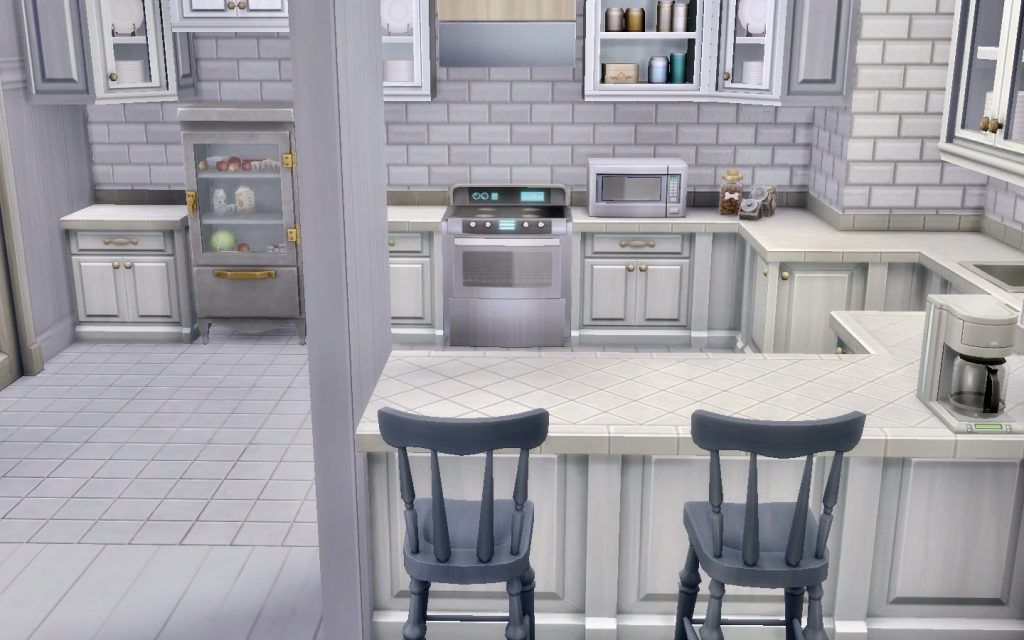
5. Consider flow and ergonomics
Sim people like to wash the dishes in the nearest sink — often in the toilet… In real life, this means designing spaces with flow in mind. Ask yourself: what is the most obvious route to navigate around this room? This will allow you to identify potential physical barriers. It’ll also help you decide where to place your furniture.
Ergonomics are often an afterthought. A common mistake is placing a desk facing a window where the glare is most intense. Where possible, the window should be at either side of the desk. Another mistake is buying a low sofa and installing the TV above the fireplace — the perfect formula for neck pain.
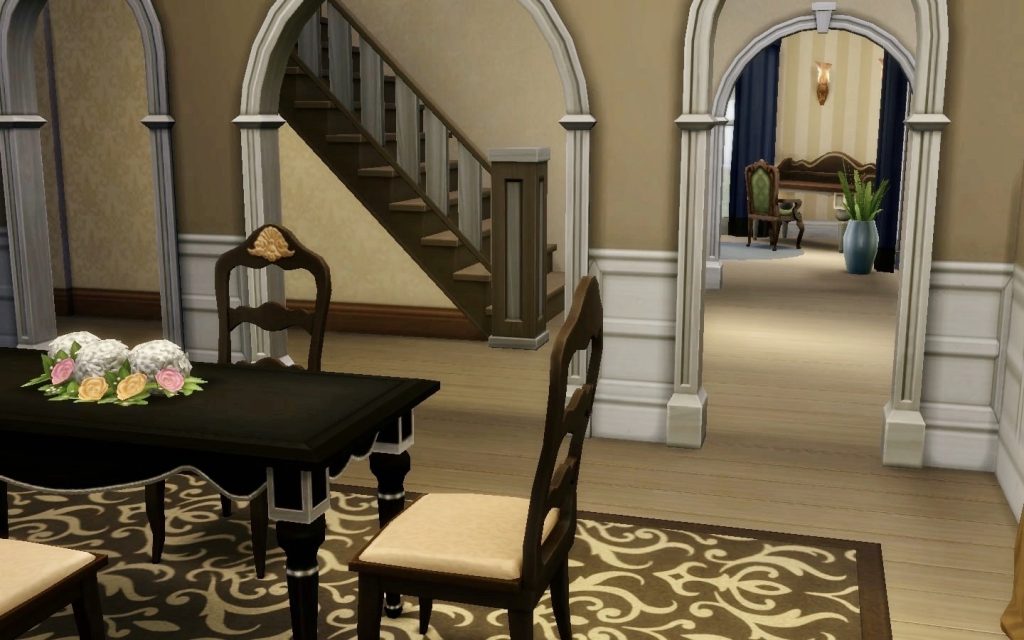
6. Respect the architectural style
I have no mercy when it comes to period home conservation (read my 7 golden rules of Victorian house renovation). This doesn’t mean you can’t play with styles. I live in an 18th Century home, yet my decor is mid-century modern. The key is not to obliterate all clues of the house’s past. Embrace the house’s original features and make them a focal point.

7. Design a future-proof home
Change is unavoidable. Rather than resist it, ride the wave of change. Your needs will evolve over time. Children, pets, career, pandemics… there are factors, some unforeseeable, that will shape how your home is used. Adapt and be flexible. Let your home fit around you, not the other way around. Our homes are not time capsules, they’re living spaces.
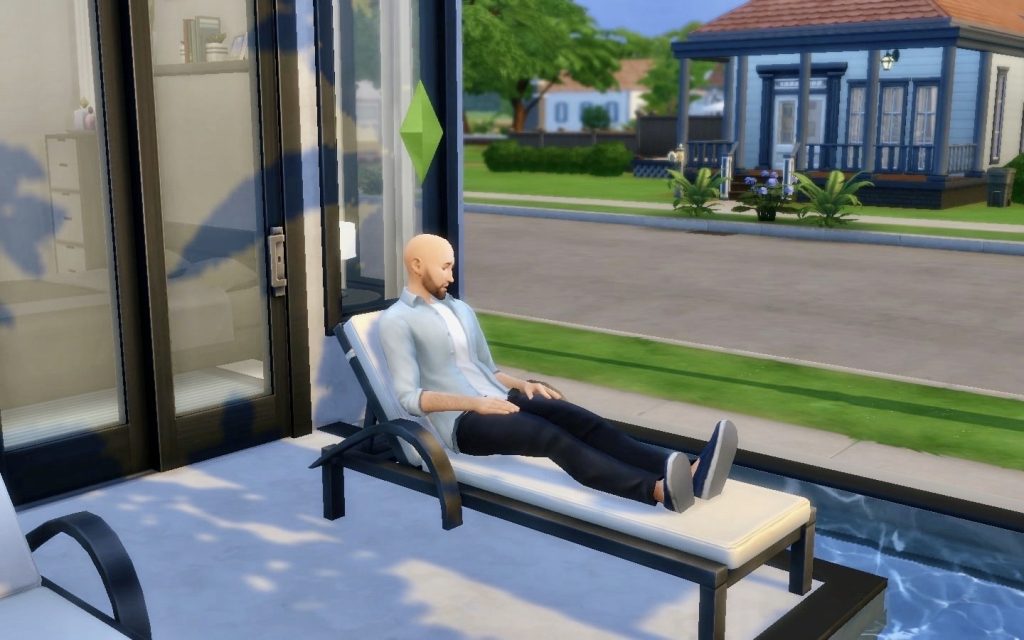
8. Invest in comfort and quality
Let me tell you a story. When I was decorating my living room, I first bought a fancy retro-style sofa. Guess what? It was beautiful, and also the hardest thing I’ve ever sat on. It forced you to sit upright like a creepy doll — lesson learned. Like interior designer and coach Victoria Jackson said, “invest in whatever aids your comfort”.
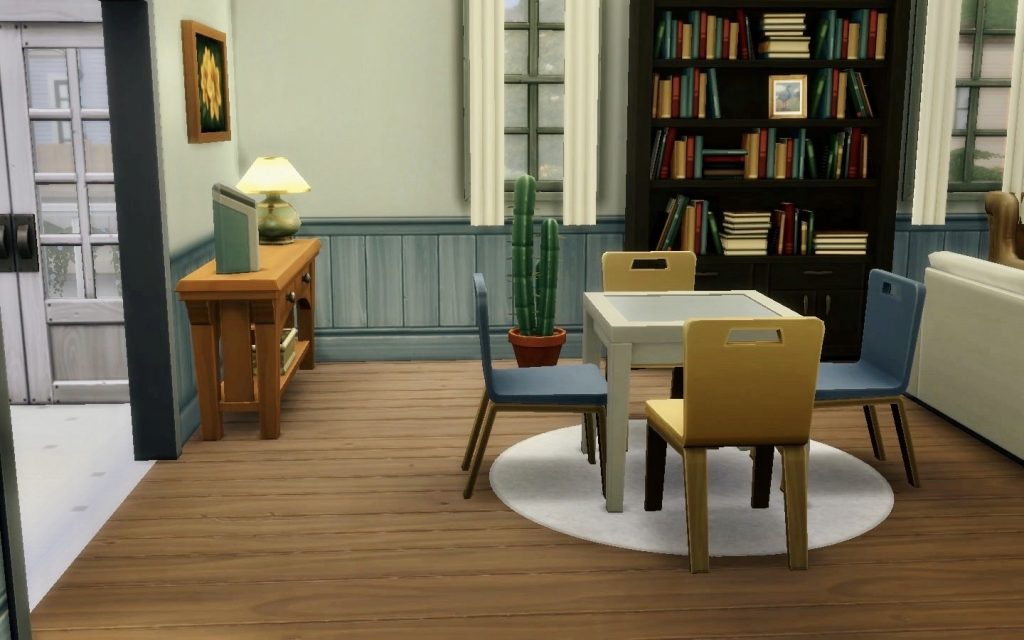
9. Include meaningful objects in every room
The Sims has an interesting feature where you can select an object and enable “emotional aura”. So when your Sim enters the room, they get a mood boost because the space is meaningful and nicely decorated.
Look around your house. Where are your meaningful objects? Are they hidden away in boxes and drawers? Also, respect what may be meaningful to others, even if it’s not your cup of tea. These objects with “emotional aura” are what makes your home unique.
Who knew you could learn key interior design principles playing The Sims!
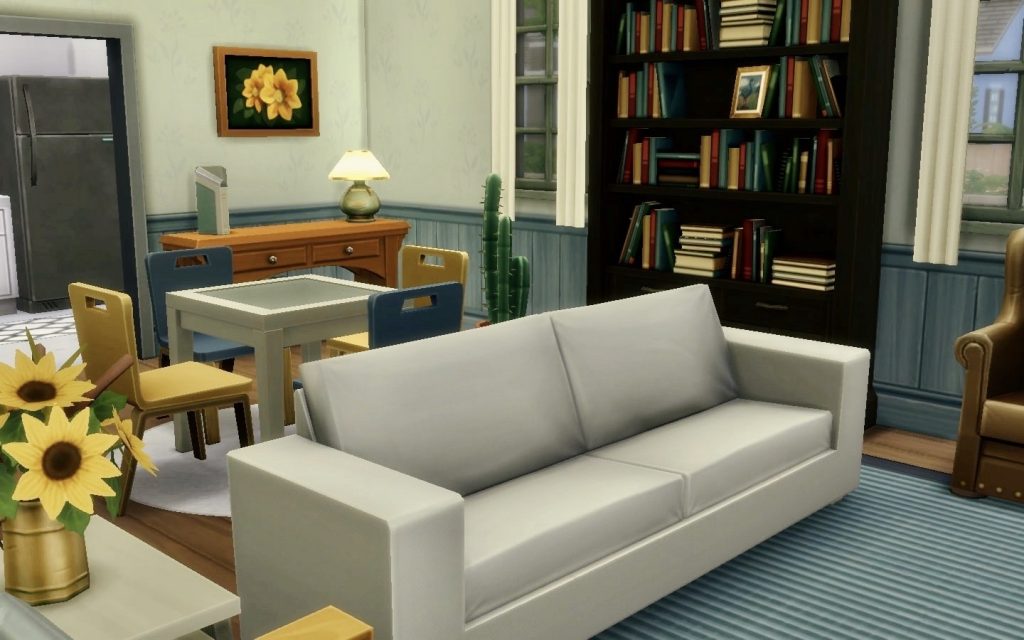
I hope you enjoyed these interior design and decorating insights from The Sims. Creating homes has always been my favourite part. Maybe it was my first interior design awakening?
Let me know in the comments if you’ve played the game before. Otherwise, what has been the most unusual source of interior inspiration for you? Perhaps another video game? A TV show or film?


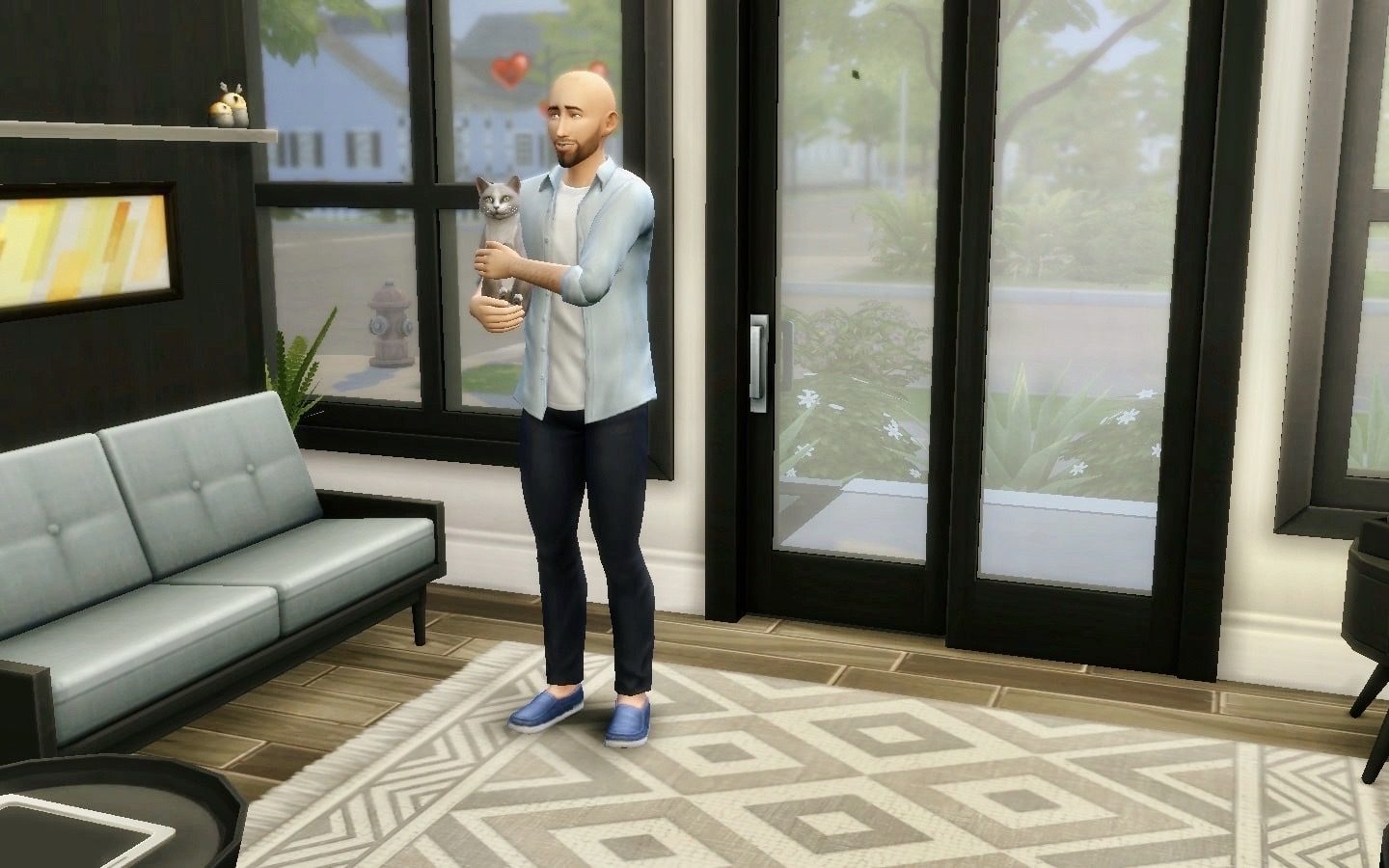



Lauren
•5 years agoThis is so much fun! Some great tips to take away – who knew Sims could be so educational? Ha!
Juan Sandiego
•5 years agoThank you for your comment, Lauren! So glad you enjoyed the blog post.
Fiona
•5 years agoIn marketing we talk about creating customer avatars – imaginary versions of your ideal customer. This is an amazing visual way to do that. Not only that but you’re actually creating and living in their dream home too. A really fun way to think out of the box!
Juan Sandiego
•5 years agoThank you for your comment, Fiona! It’s a great planning tool too, as you can try and test layouts, furniture, etc. Definitely more than a game.
Sarah
•5 years agoI love the Sims for precisely this reason! You can lay out a room as it is currently in your home with similar furniture, then play around with wall placement, windows, furniture arrangement etc to plan best use of the space before you get to work in reality!
Juan Sandiego
•5 years agoThank you for your comment, Sarah! It’s the best decorating sandbox, isn’t it? There’s so much content nowadays as well.
Brian
•5 years agoLove you caption on the second photo., I thought I saw what I saw 🙂
For years I have wanted to play Sims. I think I tried once, but never tried again. Now I have another reason to go for it. Thanks Juan !
Juan Sandiego
•5 years agoThank you for your comment, Brian! Glad the blog post brought you some Sims inspiration. Give it a go!